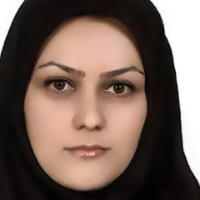Analysis of the Translation of Terms based on Cultural Filtering (Case Study: Salim Abdul Amir Hamdan's Arabic Translation of Houshang Golshiri’s Prince Ehtejab and Lidded Mirrors)
The model of critical analysis of translation, which redefines translation based on the concept of "filtering", is fundamentally based on Halliday's theory of Systemic Functional Linguistics (1978), and filters a communicative event linguistically, culturally, and ideologically. In particular, whenever a translator feels the need to apply cultural filtering, it can be expected that the result of his/her work will be relatively inclined towards acceptable translation. The present study descriptively-analytically seeks to evaluate the application of cultural filter in Salim Abdul Amir Hamdan's Arabic translation of Houshang Golshiri’s Prince Ehtejab and Lidded Mirrors, which is full of idiomatic expressions, and to indicate to what extent the use of cultural filtering by the translator of these two works fit with the structural features in the target system. Therefore, we divided the approaches employed by the translator of these two novels into 4 parts: Negative approach (omission of idiomatic expression) 2- Application of cultural filtering using the "equivalence-finding" approach 3- Application of cultural filtering using "equivalencing" approach 4- Literal translation of the term of source in the target language. The findings of this study show that the translator implements almost the same cultural context in the target system. Furthermore, among the approaches used, cultural equivalence-finding (59.2%) has the highest frequency, and omission (2.3%) has the lowest frequency.
-
Types of Speech Acts in the Apostrophe Device based on John Searle's Theory; a Case Study of Āyāt al-ʾAḥkām in the Holy Quran
Morteza Sadeghinezhad, *
Journal of Quran and Hadith Studies, -
Translation of Cultural Elements in the Arabic Subtitle of the movie "The Book of the Law" based on the model of Wojtasie wicz
Fatemeh Mirzavand, *
Comparative Literature Research,


